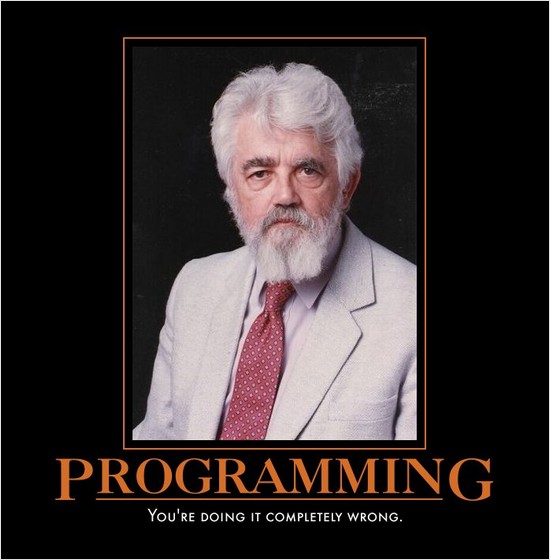Me: So you have an app idea you need built? Excellent. What’s your timeline?
Client: ASAP. 1 week if you can, 2 weeks max.
Me: Okay, that’s a tight deadline. Do you have a complete design?
Client: No. We’re still working on the wireframes and may need to make adjustments as we go along. That won’t be an issue will it?
Me: *facepalm*
Normally this would be a line of conversation that shoots up red flags all over the place. App development requires a fine balance of time, quality, and scope. When you restrict the timeline and expect high quality without knowing the full scope, things can quickly get out of control. If this had been a client, I would have politely told them how stark raving mad they were and figured out a way to either extend the timeline or define and pare down the scope (knowing that most, including me, are not willing to sacrifice quality). But this wasn’t a client who asked me to do this; I had come up with an app idea with my designer, partner, and trusted advisor Jennifer, and we wanted to make this happen. So, challenge accepted! Okay, so how do we build a quality app that does what we want in 2 weeks?
Luckily we had a clear vision for what the app should do. The app was to become CaseCollage, and it would allow a user to arrange their photos into a printable collage that fit between an iPhone 5c and the new iPhone 5c case, personalizing the phone and covering up the misaligned regulation text in one fell swoop. I cannot stress enough how important it was to have a clear idea of what we wanted before we started. From firming up the wireframes and design to deciding which features to include and which to cut, we always came back and asked if it helped us reach our original goal for the app.
We were working on an extremely tight deadline, so the less development I had to do the better. I started by finding open source libraries to help us form a foundation for the app (remember, “don’t reinvent the wheel”). Grabkit fulfilled our goal of having photos in the app while giving us the added benefit of social integration with Facebook, Flickr, Instagram, and Picasa. OBDragDrop was instrumental in coding our collage editor. We even used libraries to customize progress indicators and sharing options. With the foundation in place, I set out coding the app. I worked long hours, spending every waking moment strapped to my MacBook typing like a madman. Jennifer worked just as hard rounding out the design, preparing assets, and offering constructive criticisms (some of which I was not in the mood to hear). With a prototype in hand we sent out the app to beta testers and took notes over their shoulders as they tried to use the app for the first time, biting our tongues as they fumbled their way through our hastily designed UI. With feedback in hand we quickly tweaked the app, washed, rinsed, repeated. After several iterations, a solid 2 weeks of nonstop coding and designing, and an all-nighter, we submitted our app for review. I demoed the app at Nashville CocoaHeads the next evening, got a great response, and left with an amazing elated feeling in my bones. The seemingly impossible had been accomplished! Now all we could do was wait and hope that Apple approved of our creation.








